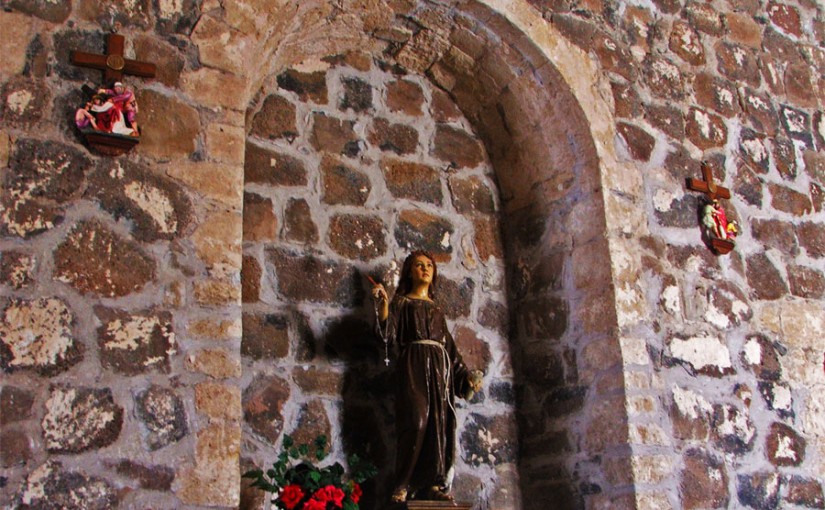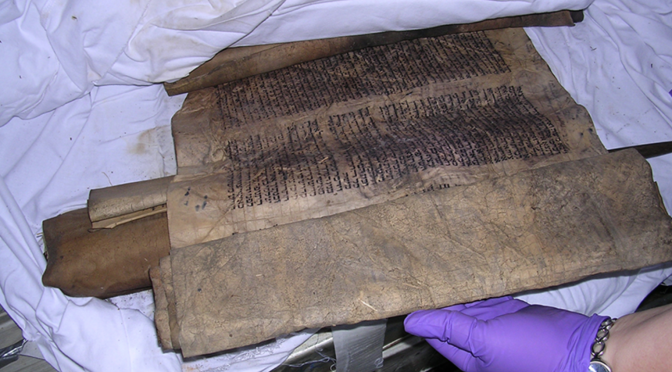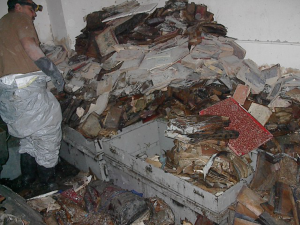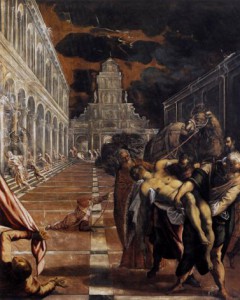Saint Rosalia is one of a smaller group of saints who were not also martyrs. Born in the early 12th century of royal lineage, Rosalia was known as one of the most beautiful women in Palermo. One day a visiting nobleman asked the king for her hand in marriage and the next day Rosalia appeared in the royal court as a new woman. She had cut off of all of her hair and announced that she was going to become a nun.

Rosalia stayed in the convent for a few months but found that even there her family and suitors distracted her. She moved to a remote cave in a mountain, where she spent the rest of her life in prayer, devoted to God. She died at the age of 30 of natural causes and her bones remained in the cave for three centuries. Continue reading Saint Rosalia




